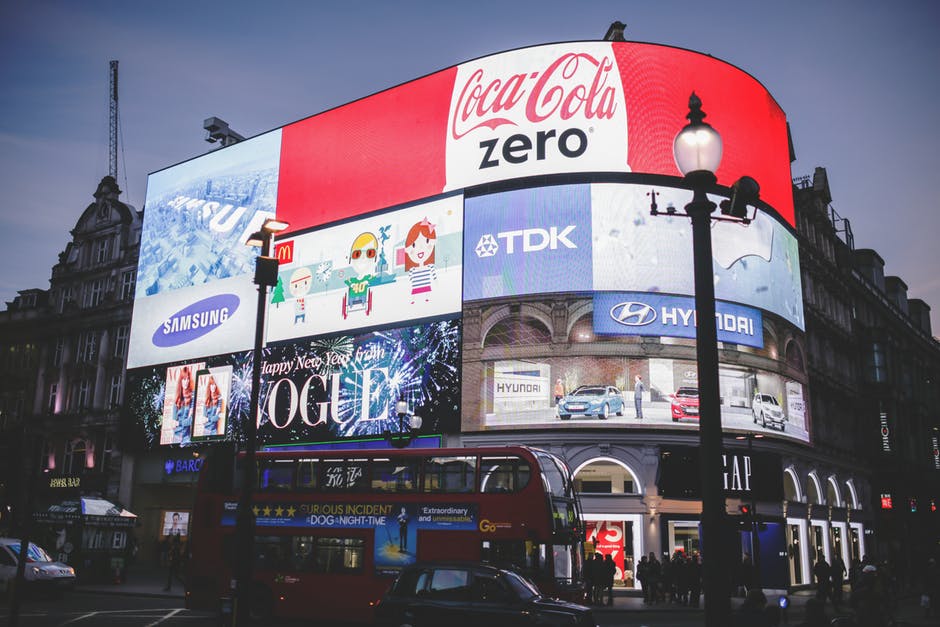Did you know that advertising is a part of marketing? Some believe these are two separate entities entirely, but that’s not the case.
Don’t worry if you are confused about marketing vs. advertising – you aren’t alone. However, if you are working to build your brand and get more visibility for your company, it’s essential to understand this difference.
Are you ready to learn more? If so, settle in and get ready to learn, once and for all, what the difference is between marketing and advertising.
Advertising is Part of Marketing
Marketing is made up of everything you do to promote your services or products. Advertising is a single component of marketing, but it’s important to know, there are quite a few others.
Marketing includes quite a few other activities, such as email, direct mail, social media, events, public relations, and more. While all these share the same messages, they are presented in different ways.
Even though this is true, marketing and advertising are always working together to spread the message of your brand and encourage people to take some type of action.
Learning What Advertising Is (and What It’s Not)
Any ad, regardless of the format, is a public (non-personal), paid announcement that includes a strong message made by a clear business, company, or organization. These messages are targeted at customers.
As mentioned above, advertising is just a single part of the bigger marketing process. It’s the part of marketing that involves getting the word out about a service, product, or business to your target audience. Virtually all the ads created are going to have the same sponsor name, and in most cases, a recognizable logo.
Some of the most common types of advertising include:
- Radio Ads
- TV ads
- Billboards
- Magazines
- Newspapers
While the realm of print advertising is shrinking, more and more brands are finding more creative ways to get their message out via advertisements. One example would be the ads seen on the tops of taxies and sides of buses.
Because advertising involves several layers – art and design, ad placement, and frequency – it’s the most expensive part of any marketing plans. The second most costly component of marketing is public relations because it’s so labor intensive.
What Advertising is Not
Now that you understand what advertising is, it’s important to find out what it is not. Advertising doesn’t include other methods of reaching your target market.
Some marketing efforts that aren’t considered advertising include email marketing and direct mail. While these may sound like ads because they are used to promote your services or products, and they carry the same messages that your other campaign materials do, they are different types of marketing.
The Moving Parts of Marketing
Marketing involves the systematic planning and implementation of various activities designed to bring together buyers and sellers. Even if you are in charge of a non-profit organization, you still have to sell your idea, so you use marketing efforts.
You can think of marketing as a step-by-step process that starts with your unique selling proposition (USP). The USP is a short and compelling sentence that’s used to describe your business. The message then serves as a guiding theme to help you target clients who may be interested in what you have to sell.
You can think of your marketing efforts as a pie. This pie is made up of the following parts:
- Sales
- Customer support
- Community relations
- Public relations
- Media planning
- Market research
- Advertising
While advertising is the most “in your face,” part of the pie is still just one part of the bigger marketing pie, and that’s something you have to keep in mind. Each of your marketing elements has to work together independently, but they also have to work with one another toward the larger goal of creating a unified marketing campaign that shares a common message.
The overall marketing process is something that takes quite a bit of time and can require hours of research to create an effective plan.
Advertising Helps to Target Your Market
While advertising is just one part of marketing, it’s an important one. One of the most significant advantages of marketing is the ability for you to reach your main audience easily.
For example, advertorials and print ads can be put in local newspapers if you are trying to reach a local audience. Or, you can put your ads in trade magazines if you want to reach specific people who purchase specific services or products.
Your outdoor advertising efforts can be placed near a specific location, while transit ads run vehicles that have routes where your target audience works and lives. While advertising on TV or the radio is costly, you can save money by advertising on stations that are popular for your market, or at the times when your audience is most likely to be tuned in.
An Integrated Marketing Plan Including Advertising Helps to Spread Your Message Further
If you are a small business owner, you probably don’t have an unlimited budget for advertising. Other types of marketing can help you capitalize on your advertising by helping you get more attention to your services and products.
While advertising is a part of marketing, there’s no way your marketing plan can be successful without an advertising strategy in place. This is crucial for you to remember when creating a marketing plan for your business.
Marketing vs. Advertising: Now You Know
As you can see, there are some distinct differences between marketing vs. advertising. While this is true, advertising is dependent on marketing and vice versa.
You need to make sure your marketing plan includes advertising to be successful, but you also need to ensure your advertising efforts support your bigger marketing plan. If you need help getting started with creating a marketing plan or effective advertising efforts, it’s a good idea to reach out to a professional team. They can help ensure your efforts are successful and that you achieve your growth goals now and in the future.

